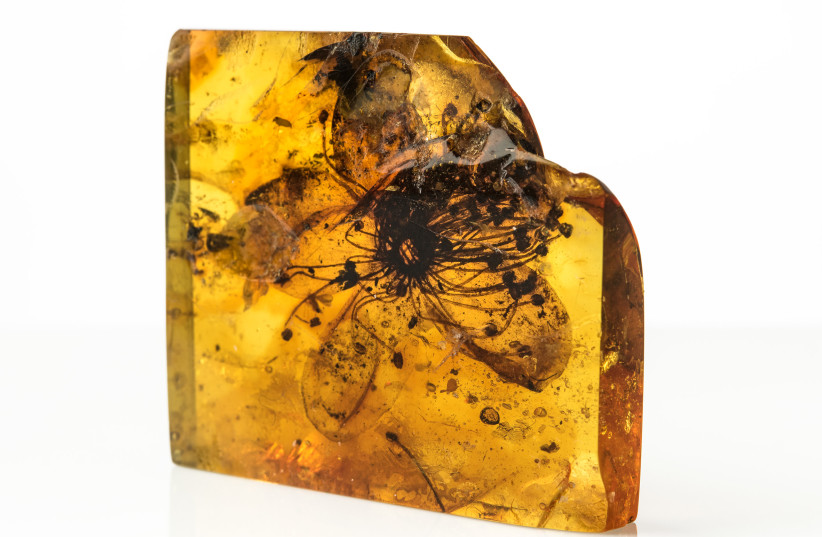Scientists build robot based on creature that lived 500 million years ago
The researchers' approach, which they dubbed as “paleobionics,” using extinct animals to inform soft robotic design, has the potential to increase understanding of evolution and biomechanics.
A team of scientists is creating robots with the movement of ancient animals, such as pleurocystitids, a sea creature that lived around 500 million years ago, the Biophysical Society announced last week.
Richard Desatnik, a scientist at Carnegie Mellon University, collaborated with paleontologists from Europe to build these robots, called “soft robots.”
Soft robots are created from soft materials and designed to have mechanical properties similar to those of living tissues, which provides robots with flexibility and increases safety in human interactions. These robots are suited for use in medical devices and enhancing efficiency in various tasks, among other activities.
Additionally, since these robots are more flexible, they may be beneficial for ocean or space exploration or doing certain jobs in those environments, according to the report by the Biophysical Society.
“We've learned a lot from modern creatures, but that's only 1% of the animals that have existed during our planet’s history, and we want to see if there is something we can learn from the other 99% of creatures that once roamed the earth,” Desatnik said.

“There are animals that were very successful for millions of years, and the reason they died out wasn't from a lack of success from their biology," he continued. "There may have been a massive environmental change or extinction event.”
Process of building the robots
The scientists began building the robots using fossils of the extinct creature, which used a muscular stem, similar to a tail, to propel themselves forward. The scientists used CT scans to understand the creature’s shape and computer simulations to illustrate how it moved. Based on this data, they built a soft robot that accurately portrayed the prehistoric creature, most similar to modern-day sea stars and sea urchins.
These underwater soft robots may help in the future, “whether it's geologic surveying or fixing all the machinery that we have underwater,” Desatnik points out.
The researchers' approach, which they dubbed “paleobionics,” using extinct animals to inform soft robotic design, has the potential to increase understanding of evolution and biomechanics.



No comments:
Post a Comment